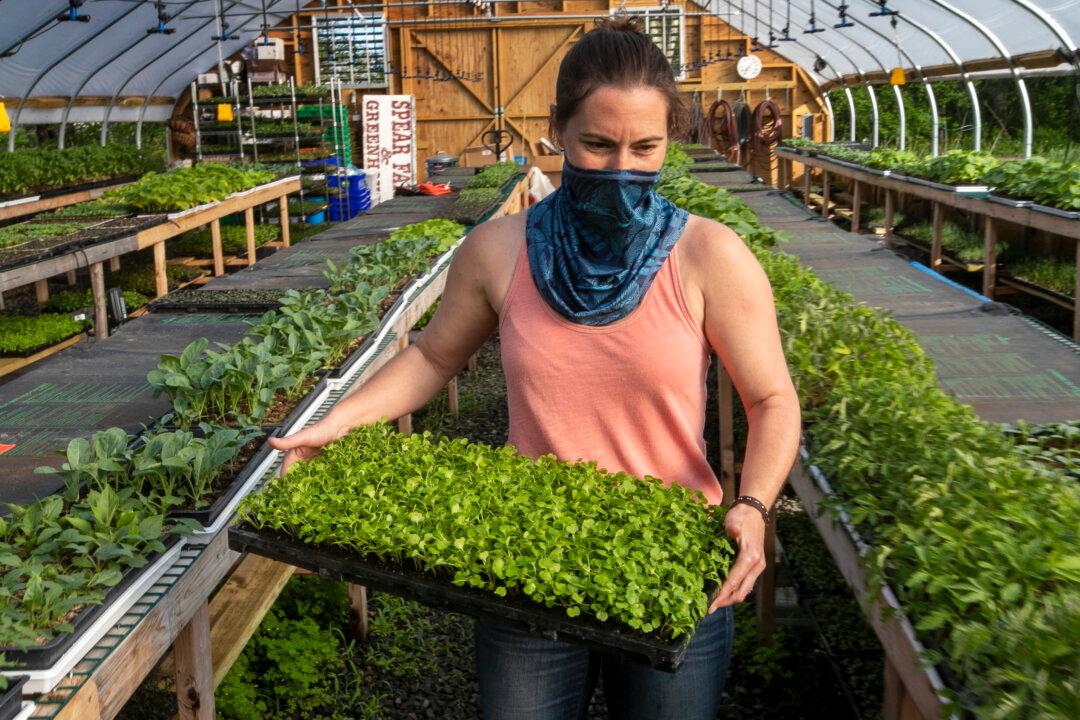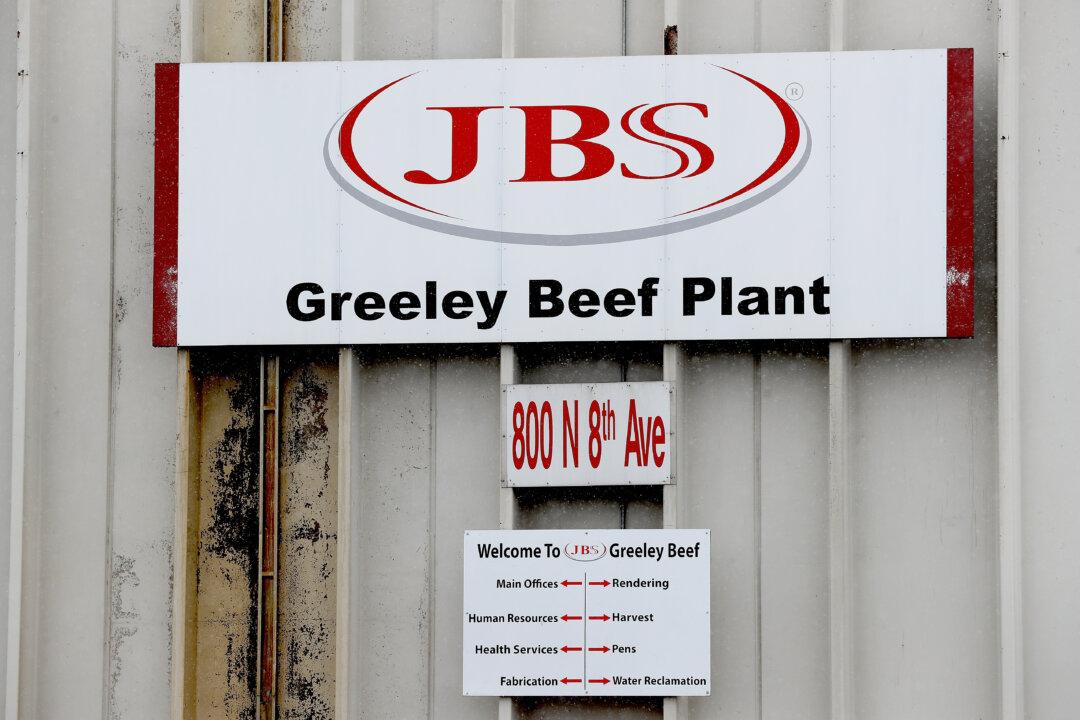U.S. Secretary of Agriculture Sonny Perdue announced Tuesday that the federal government will help support American farmers and specialty producers by expanding the number of commodities covered by the Coronavirus Food Assistance Program (CFAP). The U.S. Department of Agriculture (USDA) is also extending the deadline for applications to the program from Aug. 28 to Sept. 11.
The CFAP system was introduced to aid agricultural producers that had been directly affected by the CCP (Chinese Communist Party) virus crisis. According to the USDA, the program supports farmers who suffered a decline in prices of five percent or more or who experienced losses due to disruptions in supply chains, thus facing significantly higher marketing costs.





